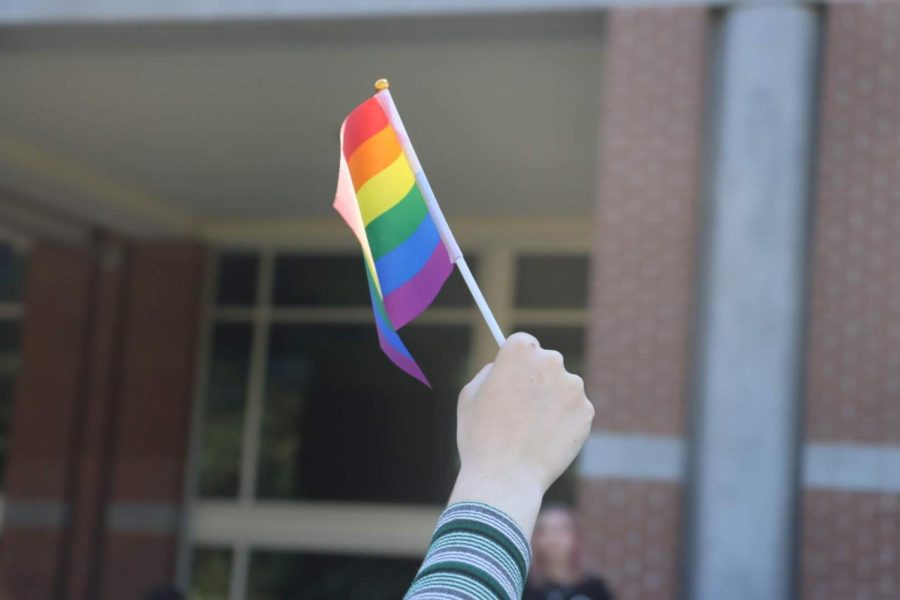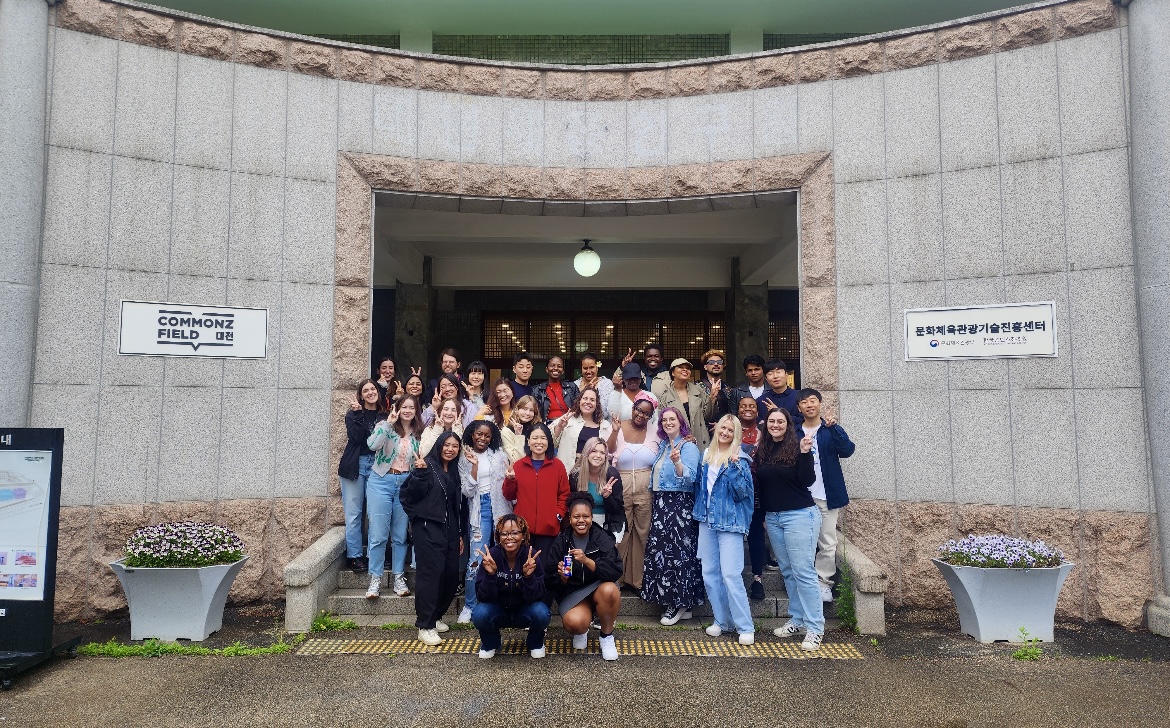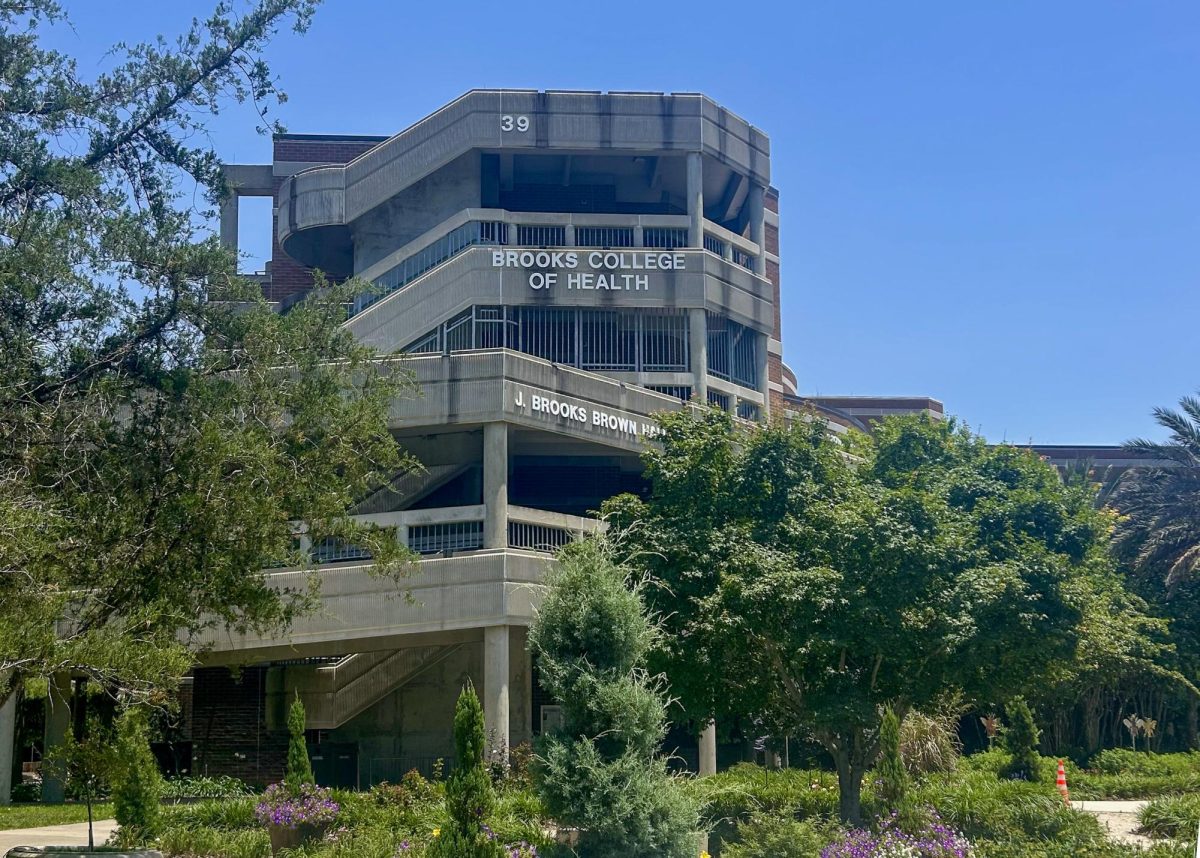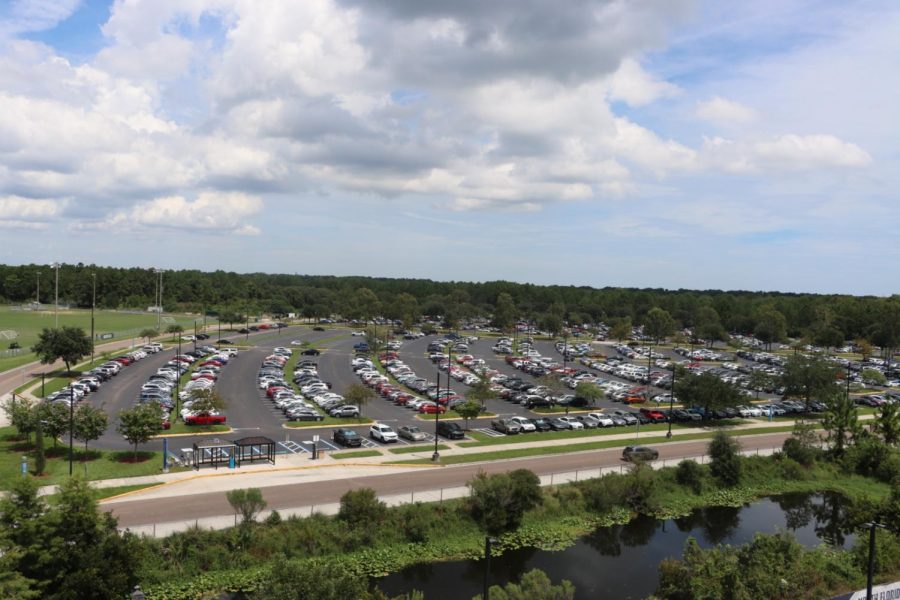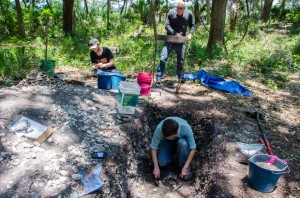
Although it’s not necessarily common knowledge, every summer students have a chance to participate in an archaeological dig off campus. Keith Ashley, Ph.D., Coordinator of Archaeological Research, and his students go out every year for the entire duration of Summer A to dig up a little of the past.
“A lot of times [students] learn about archaeology in class, and this is the time they actually kind of get to touch the past,” said Dr. Ashley. “It’s more a practical and hands-on aspect, so it’s a little different than being in a classroom.”
Each summer, students can sign up for Archaeological Field Methods with Dr. Ashley for a chance to go out and get their hands dirty. The class is full credit but counts as an elective. The majority of students that take the class are anthropology majors, but it’s open to anyone who is interested.
“I really think that we should know what we have in our backyard and really appreciate it. A lot of students across the nation would kill to have an opportunity like this, and I think we should take advantage of it,” said Dennis Florian, an interdisciplinary senior.
If summer’s not convenient, Dr. Ashley also offers small expeditions during the school year.
“Sometimes on weekends and Fridays we’ll do small scale little projects somewhere close to campus,” Dr. Ashley said. ”It’s open to other students, and that’s usually not for credit, that’s just for students who are interested in anthropology and archaeology to get experience.”
Most of the dig sites that Dr. Ashley and his crew visit are Native American sites, mostly Timucuan. However, there is a new subject of interest as well.
“The other big thing is Fort Caroline. Everyone is interested in where the French fort is located. It’s never been found,” said Dr. Ashley.
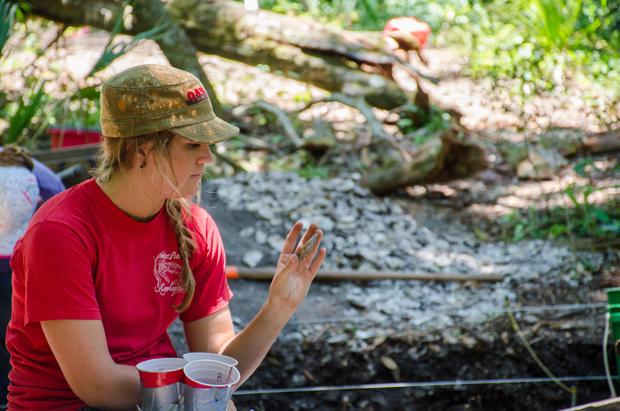
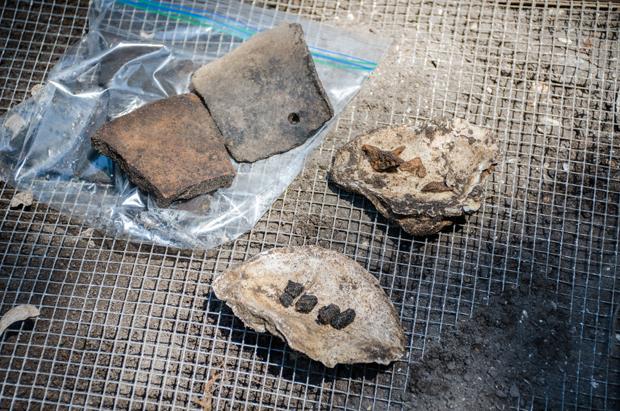
This year UNF’s dig site rests on Big Talbot Island. Only a 30-minute drive from campus, Big Talbot is one of Jacksonville’s many unique barrier islands. The object of excavation on Big Talbot is the site of a Native American ‘shell ring.’ This ring is actually a buried trash mound, consisting mostly of shells, animal bones, and pottery.
“It’s really fulfilling, having the experience of pulling out that piece of pottery or those bits of animal bone. Being the one to take it out of the ground, it gives you this visceral, physical connection with the past,” said Stephanie Fisher, an anthropology junior. “Potentially 1100 years have passed since that pottery has been touched by a human being.”
Shell rings are a common phenomena on the Atlantic Coast from Florida to South Carolina, according to Dr. Ashley. However, two curiosities surround this particular shell ring. The first thing out of place is the fact that the shell ring is much newer than any other discovered ring–its construction dated somewhere between AD 950-1250. Most other shell rings were constructed between BCE 2500-1200, putting almost 3000 years in between them. The shell ring is also unique in that it has a 2 meter high sand burial mound located on top of the back-center of the ring, a characteristic which no other shell ring shares.
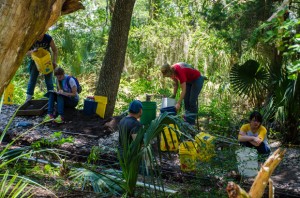
UNF is working with Big Talbot Island State Park and the North Florida Land Trust to excavate the site and learn more about the location’s past. Both entities are considering opening the area to the public via a hiking trail and boardwalk. Before they do that, however, they also want to make sure that they aren’t disturbing something sacred.
“There is some talk about [the shell ring] possibly opening to the public and that’s what we’re out here for,” said Florian. “If they do decide to go through that stuff and develop, we want to make sure that they’re not going to inhibit anything or any artifacts. Once you really start digging through that stuff its gone forever.”
Although the material making up the shell ring is readily acknowledged as trash, there may be a deeper meaning behind it all.
“What we’re trying to answer is: This is garbage that’s surrounding the circle, is it everyday garbage or is it special garbage? Is this from them having feasts and ceremonies? Also it could be that sometimes people bring their garbage to this and kind of add symbolic value to their garbage by placing it here, we don’t know,” said Fisher.
The site has been under excavation off and on since the 1960s, according to Dr. Ashley’s report in The Florida Anthropologist and UNF’s last round with this site was in 2006. Students this summer have made a remarkable amount of progress, and Dr. Ashley said that all the work that needs to be done will be finished by the end of the year. With their work finished, the groups involved should have adequate information to make an informed decision about the significance of the shell ring and opening the site to the public.
“The importance of archaeology is really underplayed sometimes, but it’s significant in so many different ways, in development and in industry. It’s helping to bring back our history and to learn from that,” said Amberly Aldridge, a political science/anthropology double major. “I think that the more we get into that and can get more student advice in doing that, we can really help the field.”
[doptg id=”3″]




